Antarctic Ice Loss Alters Ocean Ecology
Creatures that lived for centuries or longer undisturbed in the waters around Antarctica are having to cope with entirely new conditions as the ice retreats.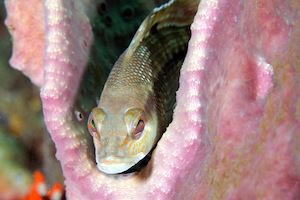
By Tim Radford, Climate News NetworkThis piece first appeared at Climate News Network.
LONDON — Climate change could literally throw new light on the dark submarine world. In the 20 years since the tempestuous break-up of the Larsen A ice shelf, off the Antarctic peninsula, the sea floor beneath has been colonised by a new set of citizens: glass sponges or Hexactinellida.
The vast, floating glacier collapsed in a violent storm in 1995, and is no longer a consistent sheet of year-round ice. What has changed is not the temperature of the sea floor beneath, but the light that reaches it.
The deep southern ocean waters flow at a pretty steady -2°C. But waters once completely masked by ice are now exposed to sunlight for more than six months of the year. German researchers report that a static, filter-feeding animal once believed to grow only very slowly has appeared in great numbers and with surprising speed.
Laura Fillinger and Claudio Richter of the Alfred Wegener Institute and colleagues write in the journal Current Biology that where there were once mostly ascidians, or sea squirts, there were now none: they had been replaced by glass sponges that have taken advantage of the phytoplankton growth in the surface waters, which has led in turn to a steady supply of fresh food to the sea bed 140 metres below.
The discovery, based on observations in 2007 and 2011 by remotely-operated underwater camera during visits by the icebreaking research ship Polarstern, seems to have overturned what was once orthodoxy, that in freezing conditions, creatures tend to live long and grow very slowly: the biggest glass sponges, for instance, could be thousands of years old.
But a rapid rate of population change tells a very different story. “We now know that glass sponges may undergo boom and bust cycles, allowing them quickly to colonise new habitats in a short period of time,” said Professor Richter. “To the organisms living on the sea bed, the disappearance of the hundred-metre thick Larsen A ice shelf must have been like the heavens opening up above them.”
The sponges are, like corals and weed beds, themselves a habitat for other potential settlers. But what subsequently happens beneath the new open ocean is anybody’s guess.
Predation patterns change
Laura Fillinger said: “There are still too many unknowns to make predictions. One example is the question of the influence of competitors: currently we are witnessing a fierce competition for space on the sea bed.
“Another concerns predators. In our dive in 2011 we hardly saw any of the snails and starfish which feed on glass sponges. However, it is possible that these voracious predators will follow suit and wreak havoc.”
The cycle of predator and prey has also changed in the United States, where global warming has upset the normal balance, according to John Faaborg of the University of Missouri.
He reports on the basis of 20 years of observation in the Ozark forest of Missouri that in the hotter years, fewer young Acadian flycatchers (Empidonax virescens) and young indigo buntings (Passerina cyanea) make it to adulthood. The pattern suggests that warmer temperatures have made the local snakes a lot more active earlier in the breeding season: eggs and nestlings make easy prey.
Since the flycatchers are – as the name suggests – insectivores, that could be bad news for agriculture, and possibly for human health. The birds also eat mosquitos, some of which spread the West Nile virus, which last year killed 286 people in the US.
“Similar threats to bird populations may occur around the world. Increased snake predation on birds is an indirect consequence that forecasts of the effects of climate change often do not take into account,” says Professor Faaborg.
Your support matters…Independent journalism is under threat and overshadowed by heavily funded mainstream media.
You can help level the playing field. Become a member.
Your tax-deductible contribution keeps us digging beneath the headlines to give you thought-provoking, investigative reporting and analysis that unearths what's really happening- without compromise.
Give today to support our courageous, independent journalists.

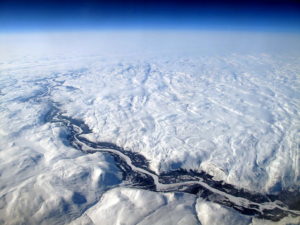

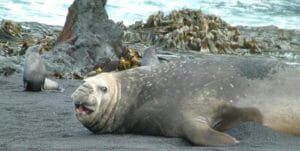
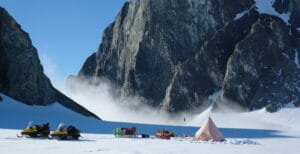
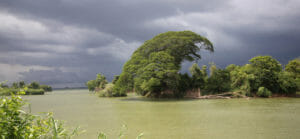


You need to be a supporter to comment.
There are currently no responses to this article.
Be the first to respond.